Folding is not just for brochures and greeting cards. These are the most common folded print products because folding is often seen as simply an effective way to present a lot of content within a limited space. While this is true, folding can do much more than that. It can make a big impact through the way it interacts with design, stock, and product function.
Here are 7 folding ideas to inspire you and your clients, whether you’re a printer, a designer, or anybody else who works with printed products.
1. Fold something that’s not usually folded.
Folded brochures and cards are usually easier to take with you than bulkier print items, so what if you took the content on those bulky items and designed them for folding?
You could, for example, take the contents of a wall calendar and turn it into an accordion-style folded card, like this example.
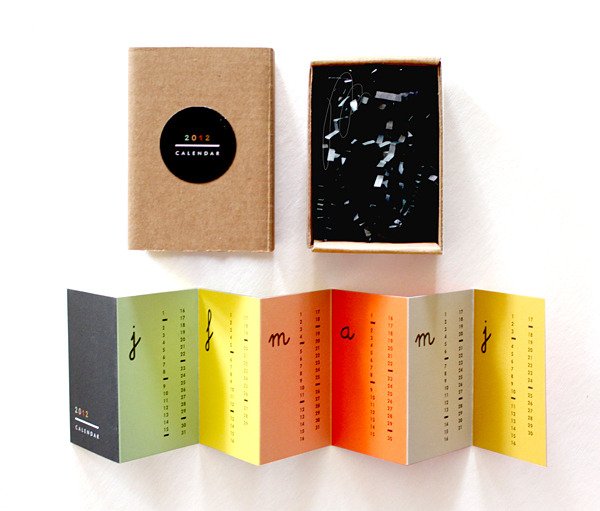
Impact: Makes content more versatile without losing function.
2. Leave a tab.
You don’t always have to fold your products so that the edges line up. Leaving a tab or a lip can get the user curious about what’s inside the fold.
In this example, the promotions on the tab encourage the user to see what’s on the menu inside.
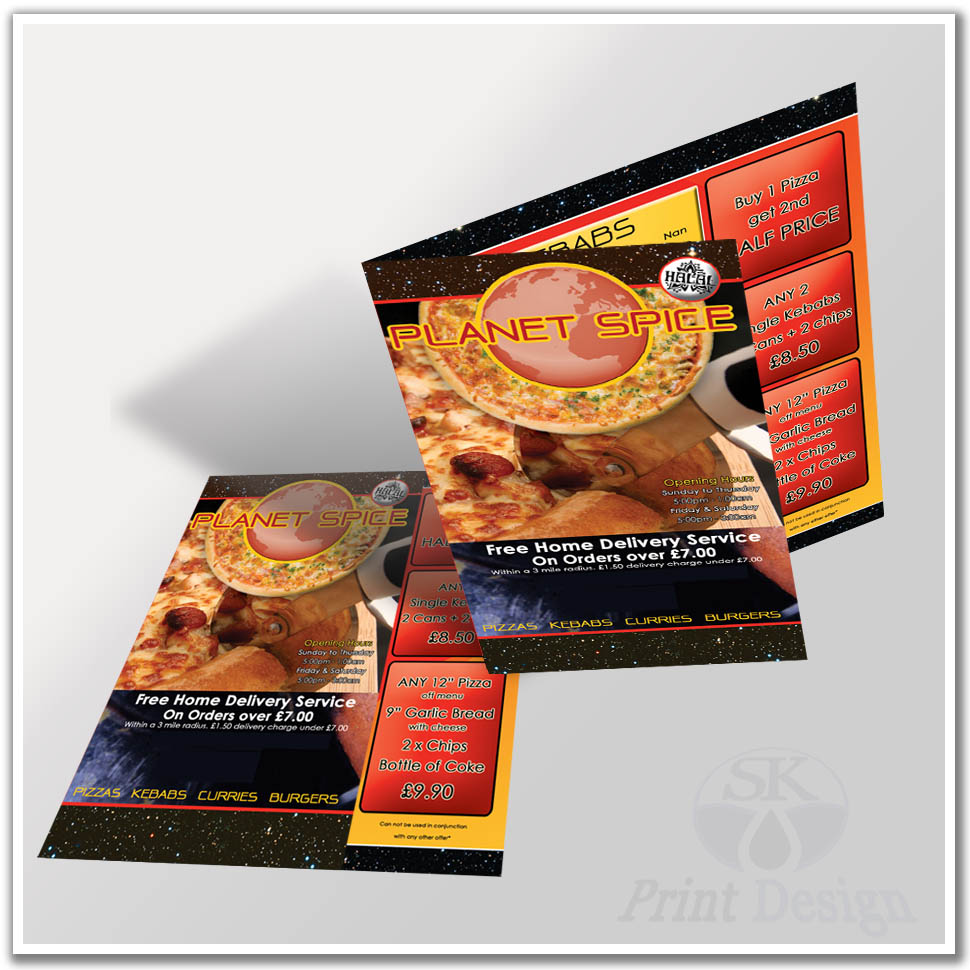
Impact: Shows only part of the content to generate curiosity.
3. Fold a die cut piece.
Die cutting can cost a lot, but it makes a big difference if you want your folding to create a unique, creative effect. The cut shapes layer over each other when folded to add a new dimension to the design.
Here’s an example of a die cut brochure that combines this idea with intentionally uneven folding, which creates layers.
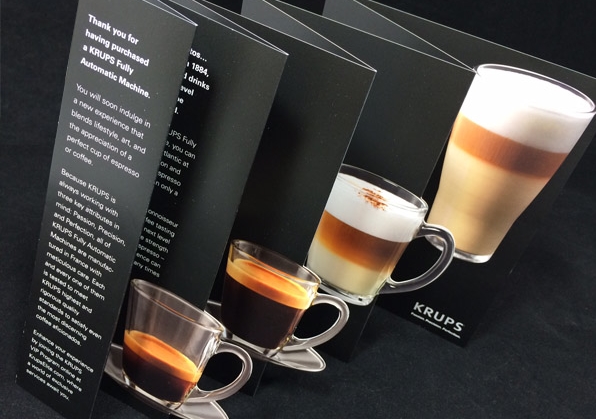
Impact: Generates interest and makes the item stand out through uniqueness.
4. Create an unusual shape with folding.
If you’re looking to customize the shape of print products without die cutting, folding can do this as well. You can do this with foldable print product to turn its regular rectangular shape into something more unusual.
In this example, the folding turns a standard shaped flyer into a parallelogram and even back into a rectangle.
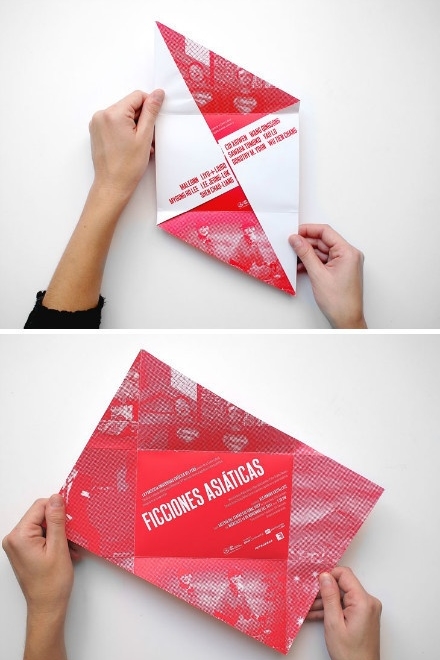
Impact: Presents the information in an unconventional, eye-catching way.
5. Make a folded label.
This idea combines the adhesive properties of roll labels with the functionality of brochures. Leave one panel or just an edge blank so that once it’s folded, you can apply the adhesive and attach it to the surface of a product.
Booklet labels are a common example of this. You can often see them on hazardous, pharmaceutical, and cosmetic products.
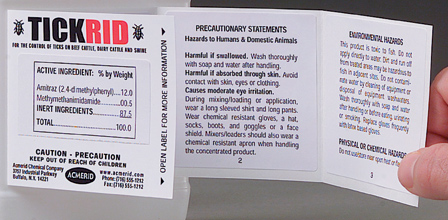
Impact: Folds a large amount of information into a small space.
6. Fold signage.
Folding signage turns 2-dimensional products into a 3-dimensional ones. Some materials such as coroplast require scoring before you can fold them, but the end result is functional, versatile, and sturdy when done correctly.
Here’s an example of folded signage in the form of bollard signs. While these are less popular in North America, the idea can be applied to signage in places where yard signs aren’t feasible.
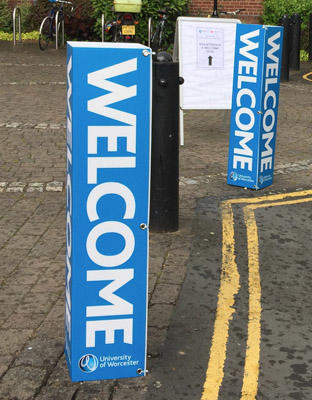
Impact: Allows signs to be viewed from multiple directions at once.
7. Use folding to mimic your design.
Design and folding should work together instead of limiting each other. If you know that a piece will eventually be folded, you can design the piece intentionally so that the folding will imitate an element of the design.
In the example below, the door in the design opens with the gate fold of the brochure.
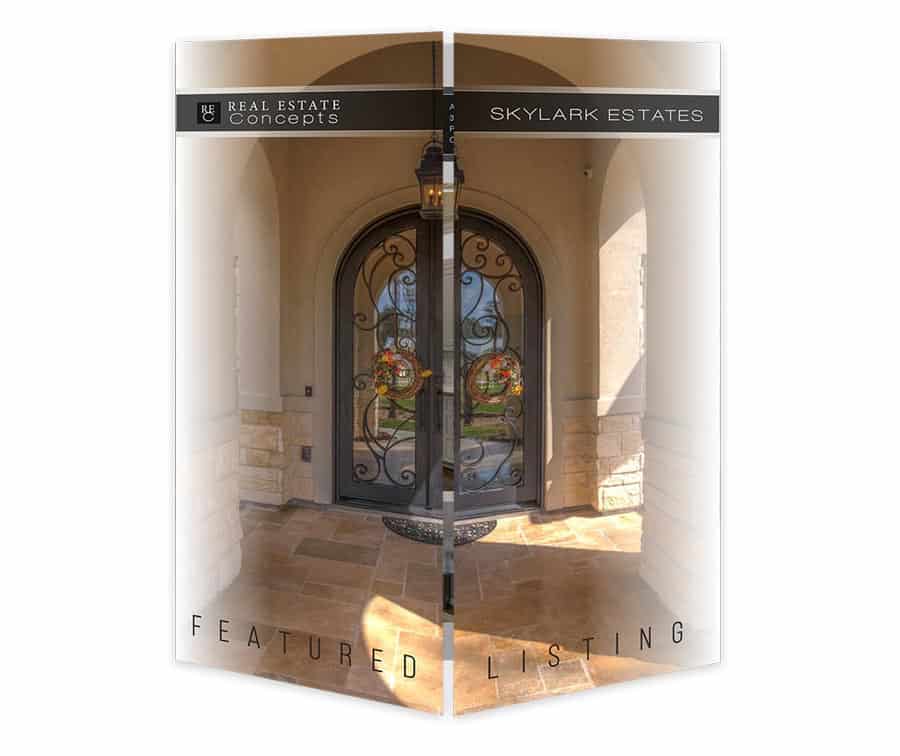
Impact: Lets users interact more physically with the design.
Preparing the print file for folding
Working with folding can get tricky, especially when you’re preparing the file for printing. SinaLite has file templates for the most common types of folding that you can modify for more complex designs and folds. It’s a good idea to start with simple folded print products first.
Want to stay inspired with more print ideas? Subscribe to Printer Success, where we give you tips and insights on growing your business.
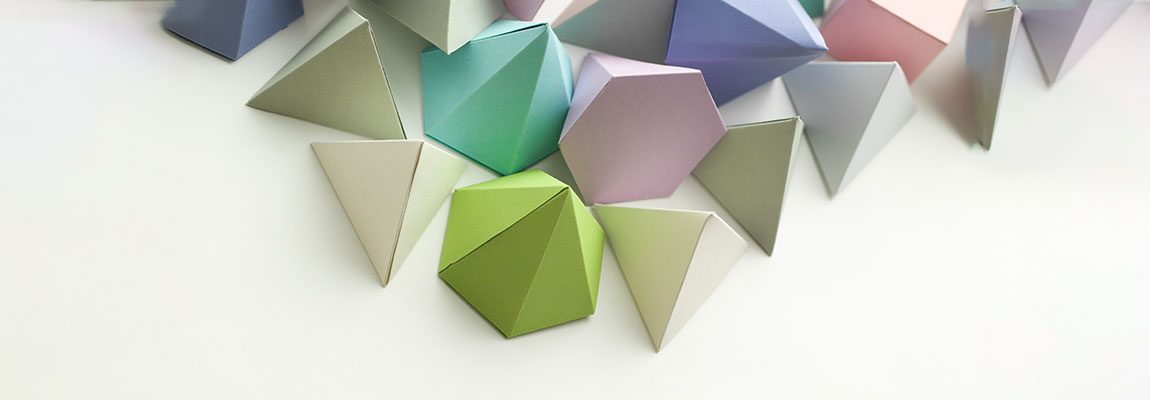














I love your articles! Good Job, they are really informative and inspiring.
are documents with multiple pages arranged on sheets of paper that, when folded, present the correct page order. You can create 2-up saddle-stitched booklets, where two side-by-side-pages, printed on both sides, are folded once and fastened along the fold. The first page prints on the same printed sheet as the last page. The second page prints on the same sheet as the second-to-last page, and so on. Each page is automatically centered on the sheet, and large pages are scaled (shrunk) to fit the printable area. When you collate, fold, and staple the double-sided pages, the result is a single book with correct pagination.
Multipage document (left), pages arranged in booklet layout (center), and pages printed and folded into new booklet (right)